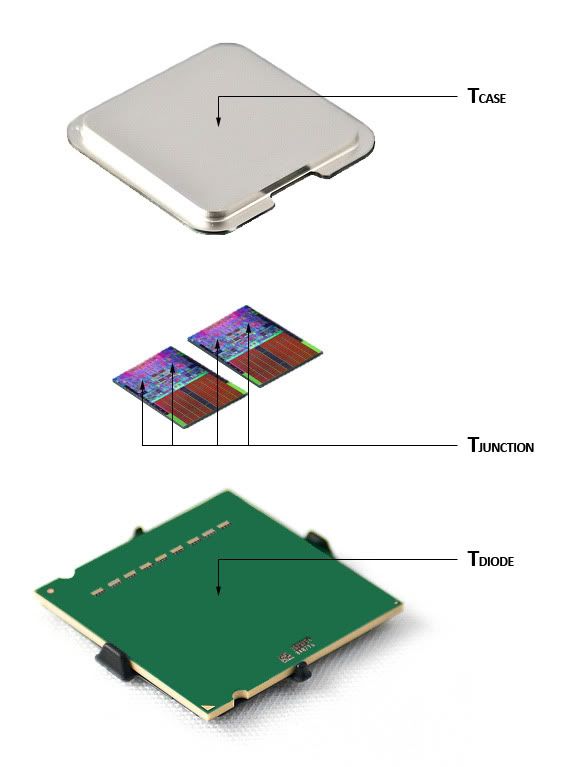Armenius
Extremely [H]
- Joined
- Jan 28, 2014
- Messages
- 42,141
You're moving the goal posts...So far everything you linked to is for extreme overclockers that will do anything for a few degrees as they try to set world records. Stress cracking of indium is only a issue when using LN2 due to the extreme temperatures, under normal operation a processor is never exposed to that extreme of a temperature shift. I don't believe this is a mainstream thing being done in the overclocking enthusiast community, the hard core community might have a few people crazy enough. You can try to spin it all you want, but they use paste to save cash and it works good enough, it simplifies manufacturing and those savings add up on mass produced items.
Umm you cant delid a processor with a solder heat spreader as it will destroy the chip trying to remove it. I have never heard of anyone doing that and having a working chip afterwords. So I would like to see a example of this great result after removing a solder on heat spreader. Starting to wonder how much Intel pr pays you.
![[H]ard|Forum](/styles/hardforum/xenforo/logo_dark.png)
